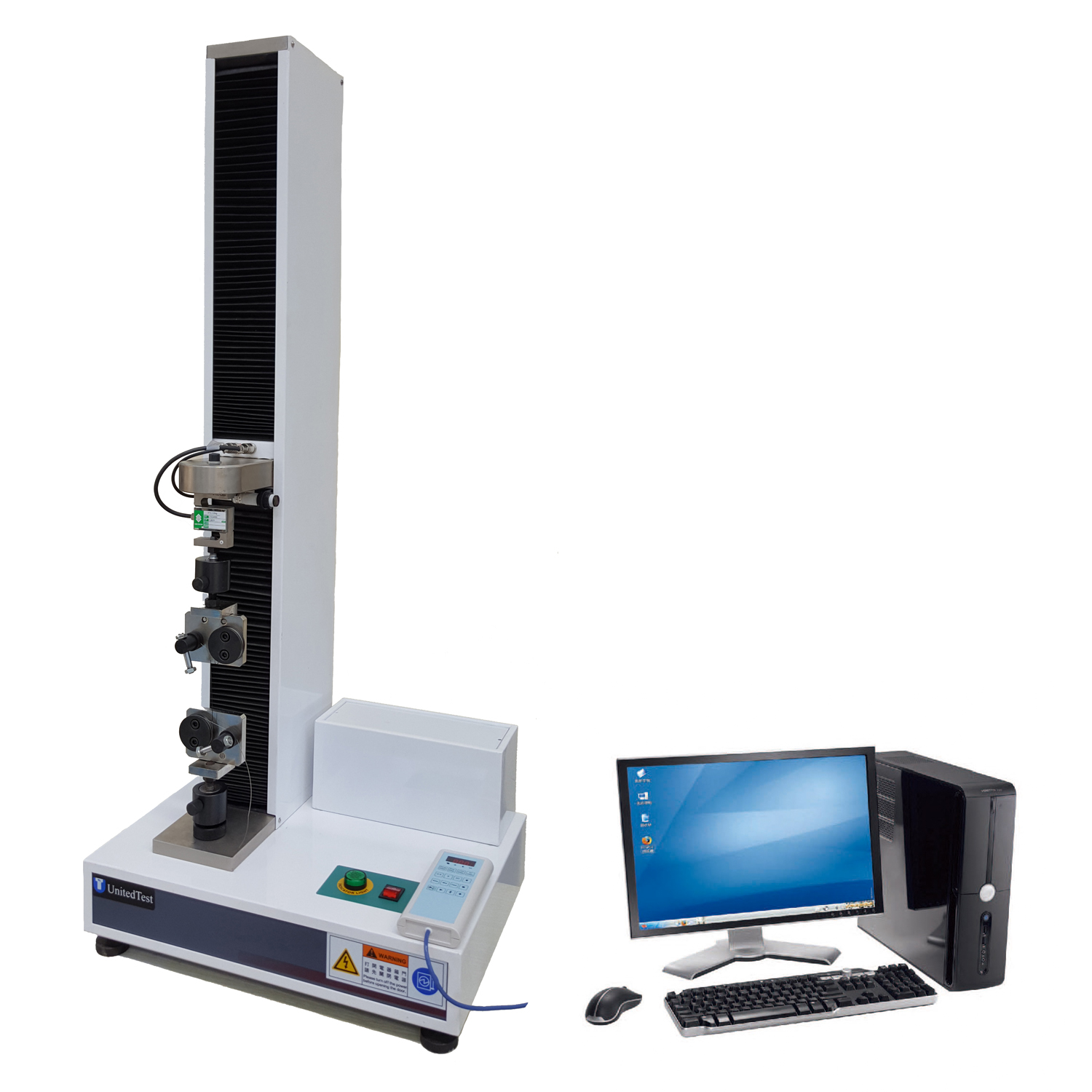ASTM C794 is a standard for testing the peel strength of sealants established by the American Society for Testing and Materials (ASTM), primarily used to evaluate the bonding performance and durability between sealant materials and substrates. The core of the testing includes sample preparation, peel rate control, failure mode analysis, and data accuracy verification among other aspects. This standard is applicable to quality control and performance verification of sealants in fields such as construction and transportation, and it must be strictly followed in terms of environmental conditions and instrument calibration requirements to ensure the reliability of results.
Testing Items
The main testing items specified by ASTM C794 standard include the following four types:
1. Peel strength measurement: Quantifying the adhesive's ability to resist separation at a specific peel angle with the substrate.
2. Bond failure mode analysis: Determining the type of failure (cohesive failure/interface failure) through visual or microscopic observation.
3. Displacement capability verification: Assessing the impact of joint displacement on bond performance.
4. Performance testing after environmental aging: Including peel strength retention rate after accelerated aging such as humidity cycling and ultraviolet irradiation.
Test range
Material type: elastomeric materials such as silicone sealant, polyurethane sealant, and polysulfide sealant
Base material combinations: typical architectural joint systems such as concrete-metal, glass-aluminum alloy, plastic-composite materials, etc
Application areas:
Structural bonding and assembly system for building curtain walls
Sealing system for expansion joints of road and bridge
Shockproof sealing structure for industrial equipment
Verification of applicability in special environments: severe conditions such as high and low temperatures (-40℃~80℃), high humidity (≥95%RH), and salt spray corrosion,
Test procedure:
1, Sample preparation
Substrate surface treatment: solvent cleaning and mechanical polishing according to sspc-sp1 standard
Sealant injection molding: control the injection thickness (12.7 ± 0.5mm) and width (25.4 ± 0.5mm)
Curing: 21 days under standard conditions (23 ± 2 ℃/50 ± 5% RH)
2, Test condition setting
Temperature control: test chamber temperature fluctuation ≤± 0.5 ℃
Stripping angle: fixed 180 ° or adjustable fixture set a specific angle
Tensile rate: 50mm/min ± 10% (standard rate) or set according to special requirements
3, Test operation
Preloading stage: apply 5N initial load to eliminate assembly clearance
Data acquisition: record the stripping force displacement curve until it is completely separated or reaches the preset termination conditions
Handling of abnormal interruption: when the slip exceeds 10% of the gauge distance, it is necessary to re prepare the sample for testing
4, Data processing and analysis.
Beijing United Test Co.,Ltd. export@unitedtest.com offer the ASTM C794 Peeling testing machine Adhesion-in-Peel of Elastomeric Joint Sealants. Contact us now : export@unitedtest.com, unitedtest@hotmail.com












